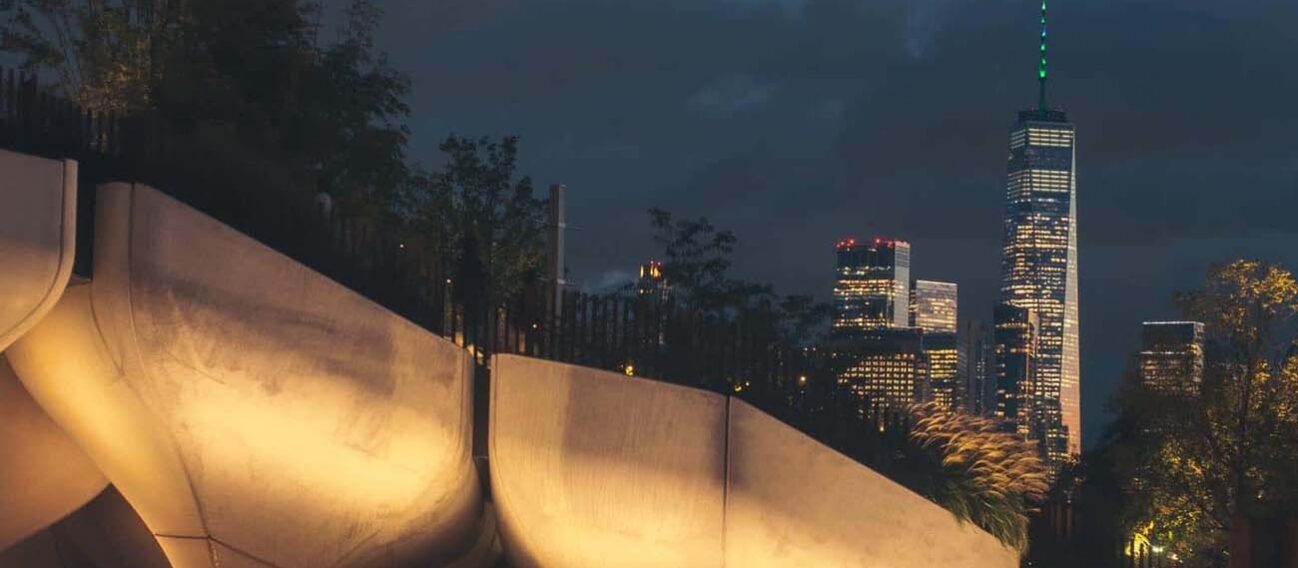Using Light to Create a Striking Impact on Urban Infrastructure
The most crucial function of urban infrastructure is to connect people with increased ease, speed, and efficiency. It encourages the connection and movement of a city’s inhabitants and goods and services.
However, with thoughtful design, utilitarian infrastructure can be visually impactful, with bridge spans, tunnels, raised highways, and ports that become beacons in the night with the creative use of light and new LED technology that increases pedestrian and driver safety.
Recent federal and local infrastructure initiatives provide new opportunities to use linear accent lighting to create unique structures or refresh existing ones. With LED technology changing daily, lighting designers and cities can choose from luminaire options such as RGB color-changing technology and DMX wireless controls.
When accentuating a scenic element of a city’s infrastructure with energy-efficient LED lighting, there are some requirements to consider. Look for these features before starting your next project:
VIBRATION RATED – 3G vibration rating that conforms to standards set forth by ANSI C136.31
IP68 – Rated for Submersion of 1 Meter for up to 2 Hours
IP69K RATED – Withstands high-pressure and steam cleaning
BUG RATING – Complies with required LZ ratings – Location/Intent Dependent
RESISTANT FINISHES – Finishes are used to meet AAMA 2604-98, ASTM B-117, ASTM D-1654, and ASTM D2247 requirements
While necessary to connect a city and its people with goods and services, functional urban infrastructure can serve as an inviting landmark at night with the proper lighting that also ensures personal safety. While in the planning and design phase, select luminaires with rugged features appropriate for urban infrastructure.







